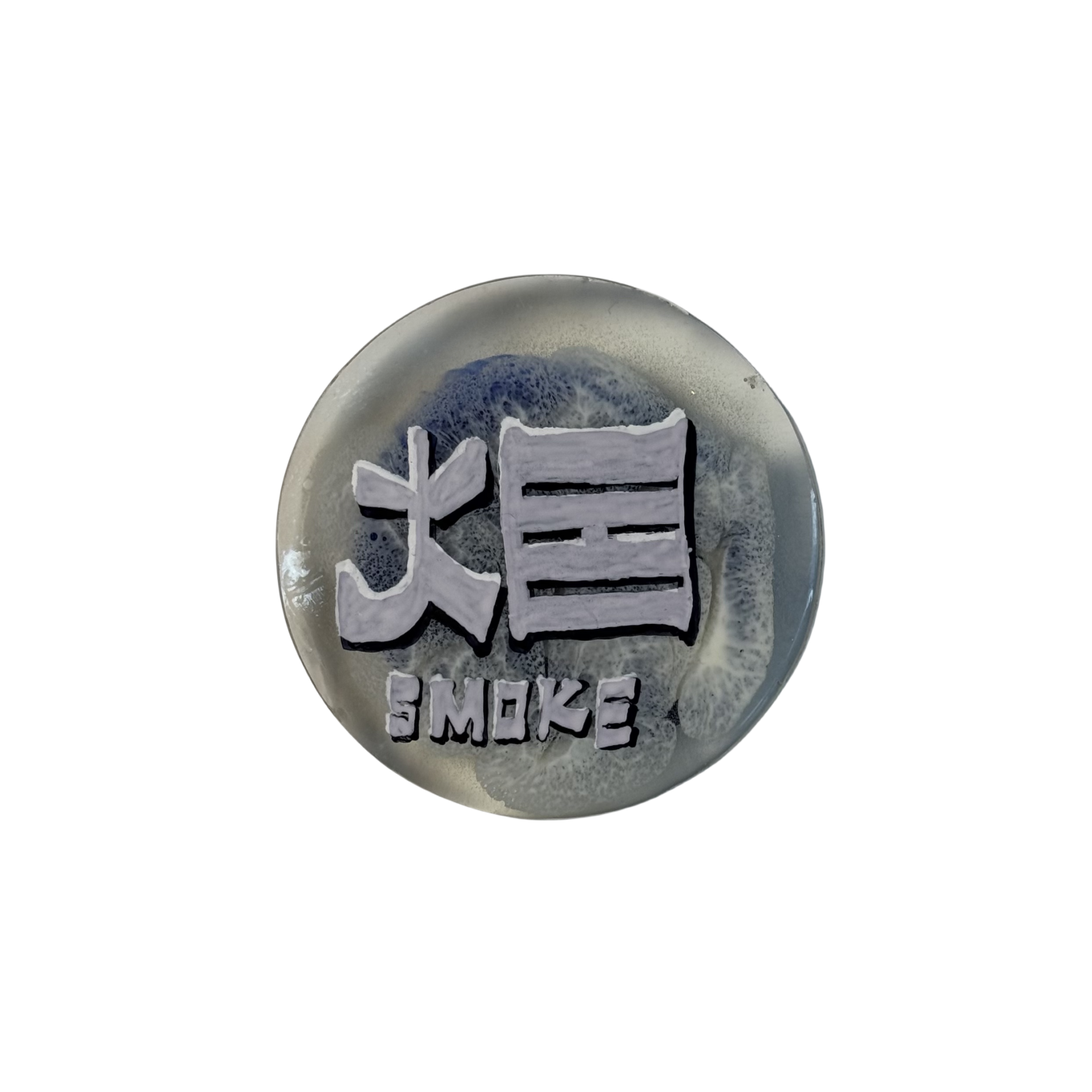Imagine calligraphy breaking free from its paper confines, transforming into sculptural landscapes where brushstrokes cast shadows and ancient philosophy meets recycled materials. When a person draws on influences from more than one country, they can be categorised as ‘third culture kids’ – people who draw from multiple cultures to create a distinct one of their own. We see that in Ting Xu’s work as she draws from her Chinese heritage and mixes this with the influences of now living and working in the UK.

Her dual identity as both calligraphy artist and curator deepens the wells she can draw upon and allows her to raise questions in her practice about how traditional Eastern practices function within Western artistic frameworks and institutional structures. How do you honour thousand-year-old traditions while speaking to contemporary British audiences? How do you maintain cultural authenticity while embracing innovation? It allows her to position calligraphy as both a historical practice, rooted in Chinese culture, and a contemporary medium reflecting the influence of British life on her art.
For Xu, the central question is provocative: what happens when calligraphy refuses to stay put? She incorporates recycled materials and three-dimensional elements so that they become more tactile, play with light and shadow and question how art can become more sustainable. Her “Paper” series and “Calligraphy Meets Canvas” works demonstrate different strategies for this engagement – one emphasizing texture and environmental consciousness, the other cross-cultural influences.
Traditional calligraphy lives on paper. But why should it stay there? Xu’s works question whether it needs to be, also appearing on a bag and asking whether this functional form diminishes it or gives it new life. It retains its mark-making practice rooted in philosophical tradition, but now becomes more mobile and able to engage a different audience – people passing by or on a commute, not just gallery visitors.
Her curatorial work also orchestrates conversations between cultures. Rather than presenting Chinese and British artistic traditions as separate entities, Xu’s exhibitions allow works to speak to each other. In “When Spring Returns,” she creates opportunities for audiences to experience cultural differences and be inspired by both.
The participatory dimension of Xu’s practice extends beyond traditional exhibition formats to include workshops and demonstrations that invite active engagement with calligraphic materials and techniques. Her work with the Society of Fulham Artists and Potters (SoFAP) and her Kingston exhibition created spaces where British audiences could experience the physical aspects of brushwork and understand calligraphy as an embodied practice rather than merely a visual art form.
Magic happens when she puts brushes directly into people’s hands.There’s something powerful about learning through your hands before your head. When participants first grip the brush, feel the ink’s resistance, watch it bloom across paper, they understand calligraphy viscerally. The experience of creating opens the door to its underlying philosophy.
The reception of Xu’s work at these workshops suggests there is an appetite for more immersive approaches to cross-cultural programming, and audience feedback suggests that her emphasis on direct experience and material engagement creates memorable experiences. Her appointment as International Events Organiser at SoFAP reflects this positive feedback and the need for greater events to continue engaging wider audiences.
On first seeing Xu’s work, I admired both her technical skill and her curiosity. She is open to how calligraphy might connect with people who’ve never encountered it before. There’s a thoughtful approach in how Xu brings together ancient traditions with materials and ideas you wouldn’t expect. The result is different for everyone, and this is what makes her approach feel fresh and genuinely meaningful. She isn’t afraid to let her practice evolve, and that’s what keeps her practice exciting as we don’t know what’s coming next.
As Xu continues pushing boundaries, she’s writing, quite literally, the future of how ancient practices can thrive in contemporary contexts. Proving that tradition’s greatest strength lies not in staying the same, but in its capacity to grow.
Great Job Tabish Khan & the Team @ Our Culture Source link for sharing this story.